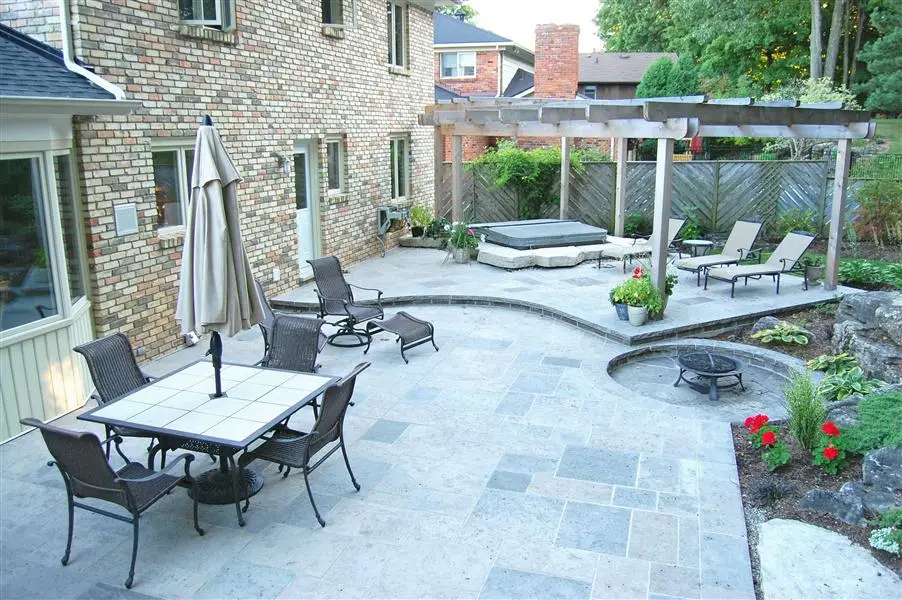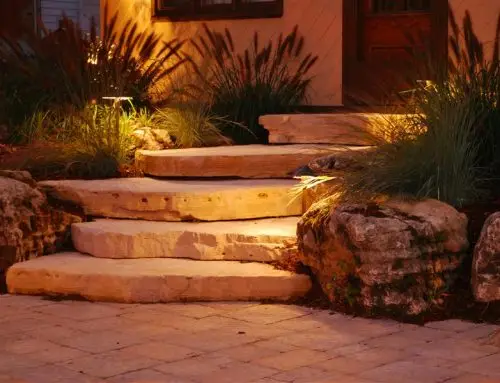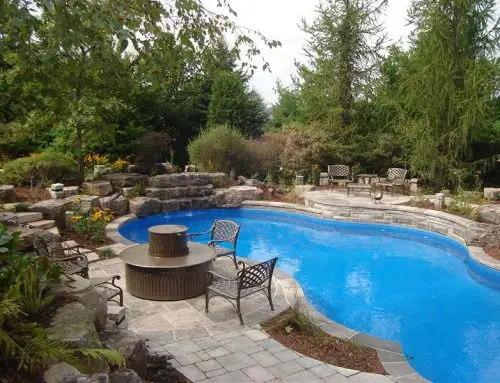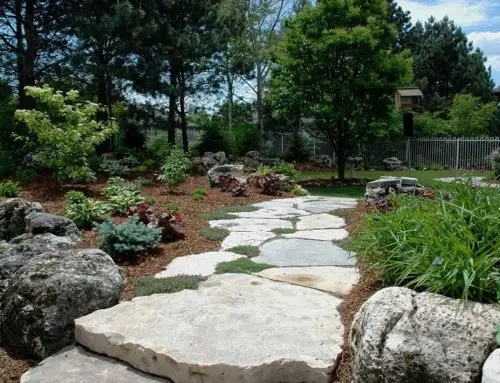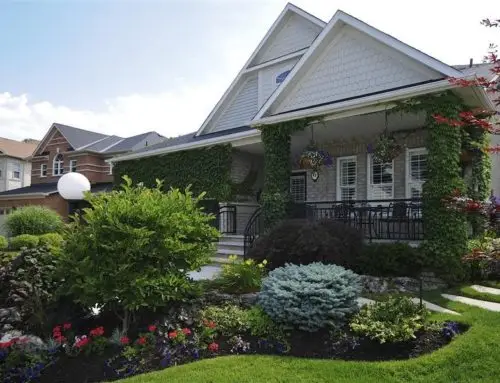An open backyard space is like a blank canvas full of opportunity for creating your perfect patio paradise. However, homeowners can find this task to be an overwhelming challenge because there are several factors to consider when designing a patio. If you do a little homework and consult a landscape architect, you can create a patio that’s designed for comfort, interest and beauty.
Step I:
The first step in planning your patio is to think about the functionality of the space and how you will be using it on a daily basis. Do you like to entertain or is your backyard your private sanctuary? It’s also wise to take into consideration the exterior of your home to assure a complimentary theme throughout the property.
Step II:
For the most functional patio design, you should consider its exposure to the sun and shade, the proximity to the house and where the patio is situated in relationship to outdoor viewing. Additionally, think about what type of activities the patio will accommodate, such as social gatherings, entertaining, dining, cooking, and sun bathing. You will also want to consider whether you want one large patio area or “break-up” patios to create multiple outdoor rooms. This type of design layout provides interest throughout the backyard.
One of the key elements for designing a successful outdoor patio is to create a comfortable and enticing space that draws people out to the yard. You can incorporate many features, such as elaborate outdoor kitchens, casual or formal dining areas, comfortable chairs and chaise lounges or water features for special effects. Additionally, rockery, shrubbery, gardens and lighting all play an integral part when developing a successful patio area that friends and family will enjoy.
Step III:
The surface material that you choose plays a huge role in establishing the patio style. There are many types of materials from which you can select to create the look and feel that you want to achieve for your backyard. Just like the inside of your house where flooring material may vary, you can treat the outdoor area in the same way for an interesting variation, but remember that colours should always coordinate.
Most people will be using their patios for general outdoor entertaining, which means that a solid, flat surface is the preferred choice of material. Flat surfaces that should be considered include brick, cast pavers or flat stones like slate.
Although natural stone is a more expensive patio surface material, it will last forever and natural stone is the perfect complement for any décor or landscape. Concrete is the most affordable patio material and it comes in a variety of styles that mimic types of stone like flagstone or cobblestone. It can be coloured with a stamped design that look like the pattern is inserted in the material. This look gives the patio a consistent and even flow appearance.
Brick offers durability for either a classic or formal look. It is available in a variety of colours, shapes and sizes and it can be configured for an eye-catching appearance.
If you’re considering wood for you patio area, remember that wood requires more maintenance than stone. While pressure-treated lumber is often used, it doesn’t age as well as other woods, such as teak. It also tends to stain easily and must be treated annually with a sealant; however, it can be built on a slope without re-grading the soil and it is easy to customize for many different looks.
Step IV:
If you add the right additions to your patio, it can become so much more than a just an outdoor living space. Outdoor kitchens and bars are extremely popular additions that make your patio a versatile social gathering hot-spot for sharing meals with family and friends. Adding fire pits and fireplaces in or near the patio area prolongs the outdoor season by providing warmth on those cooler nights. Patios by the pool are the ultimate destination for relaxing and soaking up the sun. For smaller backyards, a bistro patio may be your answer for a cozy breakfast nook.

